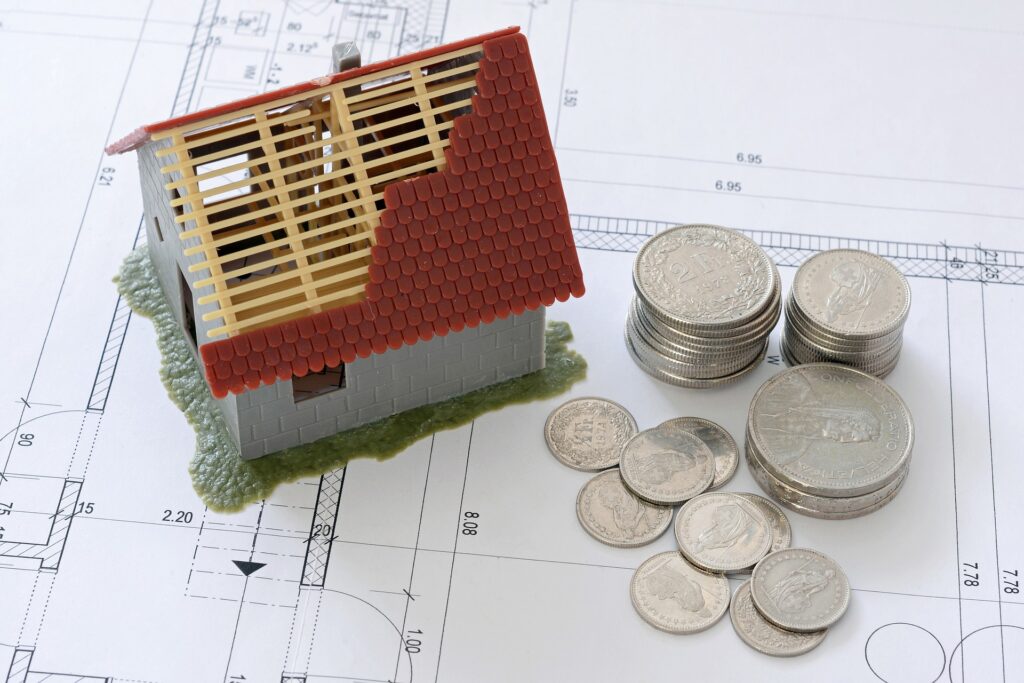
Starting from this year, 2023, a notable addition to the realm of tax changes is the freshly established Multigenerational Home Renovation Tax Credit (MHRTC).
Designed to provide support to Canadians managing the expenses of enhancing their homes, this refundable credit comes into play when making renovations to establish a secondary living space.
The ultimate goal is to accommodate a family member who has crossed the age threshold of 65 years, or 18 years if they are eligible for the disability tax credit. Crucially, this credit extends to renovation costs incurred not only throughout 2023 but also in the years that follow.
First, let’s delve into the fundamental regulations underpinning this fresh credit, followed by shedding light on a recent insightful technical interpretation from the Canada Revenue Agency.
This interpretation, released in the previous month, might particularly assist individuals who are in the process of constructing a new home instead of solely renovating an existing one.
A qualifying modification involves the creation of a secondary dwelling within your residence, intended for the occupancy of a relative. The refundable credit equates to 15 percent of your eligible expenses, capped at a maximum expenditure of $50,000.
In practical terms, if your renovation spending amounts to $50,000 or surpasses this figure, your credit attains a value of $7,500.
Eligible relatives encompass parents, grandparents, children, grandchildren, siblings, aunts, uncles, nieces, nephews, or the homeowner’s spouse or common-law partner.
A “qualifying renovation” denotes a lasting and intrinsic alteration, addition, or adjustment made to your domicile. The purpose behind this renovation is to establish a supplementary unit within your residence, facilitating the accommodation of your relative.
Such a unit possesses independent living amenities like a private entrance, kitchen, bathroom facilities, and sleeping quarters. This unit might be either newly constructed or fashioned from an existing living area that did not initially meet local criteria for classification as a secondary living space.
Deductible expenses are exclusive to the tax year in which the renovation project is finalized. Therefore, if the renovation process begins within this current year but concludes in 2024, the Multigenerational Home Renovation Tax Credit (MHRTC) can exclusively be claimed in 2024.
Eligible expenditures encompass a broad spectrum, including expenses related to renovation materials, professional services, permit fees, and the rental of equipment specifically employed in the qualifying renovation.
The Canada Revenue Agency (CRA) has established a comprehensive list of disallowed expenses, which comprises routine repair or maintenance costs, household appliances, home entertainment devices, security monitoring, gardening, outdoor upkeep, and financing charges (such as interest on loans or credit lines for home renovations).
Furthermore, the MHRTC cannot be claimed for services and goods provided by acquaintances, neighbors, or relatives, unless these individuals are registered to collect the Goods and Services Tax (GST) or Harmonized Sales Tax (HST).
It’s important to note that while carrying out the work independently is permissible, only certain qualifying expenditures are eligible for the credit. These include expenses attributed to building materials, fixtures, equipment rentals, building plans, and permits.
However, the credit does not encompass the value of personal labor or tools employed in the process.
It’s imperative to avoid overlapping benefits. Some renovation expenditures, like acquiring and installing a wheelchair ramp for a relative who cannot use stairs, might qualify for both the Medical Expense Tax Credit (METC) and the Home Accessibility Tax Credit (HATC).
If you choose to claim either or both of these credits for such renovation costs, these expenses become ineligible for subsequent claims under the Multigenerational Home Renovation Tax Credit (MHRTC).
Every expense necessitates reliable documentation, which should include agreements, invoices, and receipts. This documentation ought to detail the nature and quantity of goods purchased or services availed, along with essential information about the vendor or contractor, including their business address and GST/HST registration number.
Additionally, the dates of purchase, delivery, service provision, and payment should be clearly indicated. Proof of payment, such as credit card slips or cancelled checks, also forms part of the necessary documentation.
In a recent technical interpretation by the CRA, a taxpayer raised inquiries about their eligibility for the new credit. The individual in question intended to construct a family home, complete with a garden suite semi-attached to accommodate their parents.
The taxpayer sought clarification on whether it was mandatory to build the main house first, occupying it for a specific duration, before adding the garden suite later. Alternatively, they queried if constructing both units simultaneously would still meet the criteria for qualifying under the MHRTC.
In a positive response, the CRA indicated that the provisions of the Income Tax Act do not necessitate the completion of an entire home before establishing a secondary unit to make the incurred renovation expenses eligible for the MHRTC.
Similarly, the Act does not mandate that a taxpayer must inhabit the primary residence prior to adding a secondary unit.
However, the CRA did emphasize the importance of a “reasonable expectation” that both the taxpayer and their relative will conventionally reside in both the main home and the secondary unit within a year after the renovation’s completion.